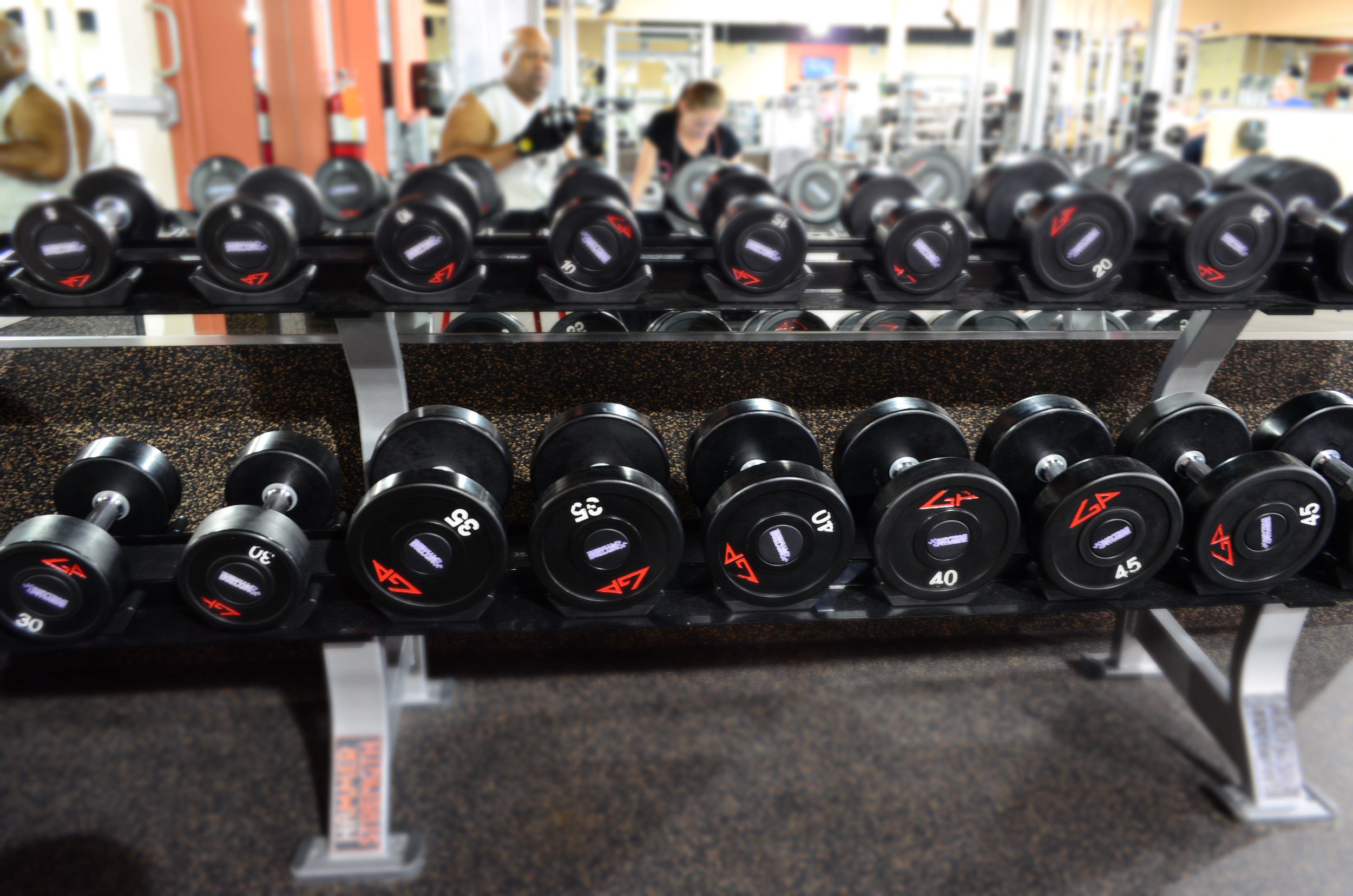

The Colorado Experiment
The Colorado Experiment was not conducted in a truly scientific way, but was more of a marketing push very similiar to today’s common “get ripped quick with little effort” schemes. The results published results were astonishingly, impossibly good in terms of muscle building and body composition, but there isn’t a way to prove if the parameters of the experiment were truly followed and people have never been able to replicate the results since.

What Is Overtraining?
The fear of overtraining comes from outdated/under-researched ideas of the limit of how much volume humans can lift. Average (or above average) exercisers generally do not have to worry about overtraining. Pushing too hard, too fast can lead to injury, but intentional, slow development from a well designed workout plan allows for people to safely train hard.

The Absolute Minimum You Can Work Out While Still Seeing Results
Any kind of movement or exercise is better than doing nothing! There is basically no lower limit when it comes to getting results from exercise. It takes more effort to build strength and other qualities, and less effort to maintain them. This means that even as returns diminish, or if you have to do abbreviated routines, you can still have efficient workouts. Programs that use short, intense, and infrequent workouts can provide reasonable, long term results. As long as the program is followed consistently and progressed smartly, there will be improvements.

Should You Train To Failure?
Training to failure is sometimes heralded as a secret technique for gaining mass and strength, and sometimes demonized as being uniquely likely to cause injury. Here’s what the science says, and how you can effectively implement training to failure in your own training.

Combining HIT, HIHF, and DUP to Gain Strength and Size With Minimal Gym Time
HIT, HIHF, and DUP are three different kinds of programming, each with their own strengths and weaknesses. I've found a way to combine them to create a superior program that enables to continue to build strength and muscle despite requiring minimal gym time.
